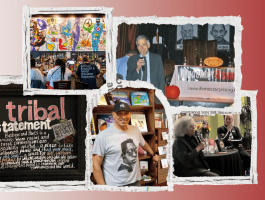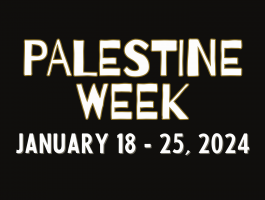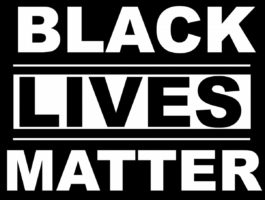Emma Gray’s tiny book of feminist resistance promises to be a guide to doing more and doing good in a world that seems to have turned against women all together. The book is extremely readable and well-put together, starring personal anecdotes, interviews with amazing activists, and step-by-step guides made to help us as readers do one thing: Resist. And of this, Gray does a bang-up job.
The book begins with a semi-detailed history of a little known Union meeting held by young, female garment workers in the 1900s to discuss the poor working conditions plaguing their industry. The meeting led to a large protest, where 15,000 shirtwaist makers went on strike. A good beginning for a book that promises girls a guide to starting movements much like this one. The book is full of little history anecdotes like this, form the shirtwaist workers of the 1900s to Bloody Sunday and the SNCC. The histories are powerful and diverse, painting a picture of resistance and the power of protest that would give even the most cynical feminist hope.
Gray’s advise in her guidebook is both powerful and graspable. She lists out important info in easy-to-read steps, offering both little and grand ways we can all get involved in the resistance. She lists out websites to go to to keep up with politics, how to fact-check and actually sort through fake news, offers empowering playlists and T.V shows, as well as a list of organizations that accept volunteers. She gives advice on how to take action, from running for office to having tough conversations with people you may disagree with (offline, she stresses). Gray gives everyone a chance to fight back—to make a difference in whatever way they can.
Greater still than Gray’s dedication to giving homage to the women of the past, is her dedication to intersectionality and her discussion of privilege. “My feminism will be intersectional or it will be bullshit,” she says, bringing up the importance of trans and black leaders in the movement, and making sure the reader knows that they can become a leader in the resistance without pushing out others. “Listen to the women who are already leading the resistance,” she advises, “especially women of color.”
Gray isn’t afraid to point out hard truths in her guidebook. “Xenophobia, islamophobia, racism and sexism” have existed in our nation’s subconscious before Trump took over, she says. It’s only his election that has caused them to some “bubbling up to the surface.” In one of Gray’s many interviews with powerful activists, organizer and writer Raquel Wills says that “a lot of silver spoons were pulled out of mouths,” after the 2017 election, forcing those of us with privilege to become just as involved as we always should have been. While Gray definitely does not shy away from this fact, (in fact, she has a whole chapter dedicated to it), she also does not dwell on guilt, putting her attention and focus again on what people can do—the actions that need to be taken, she stresses, are more important than dwelling on guilt. “No one is coming to save us except us,” says Black Lives Matter co-founder Alicia Garza in and interview with Gray, “so we might as well get to work.”
Our thanks to Bookstore Supervisor Laura Lannan for this review.






